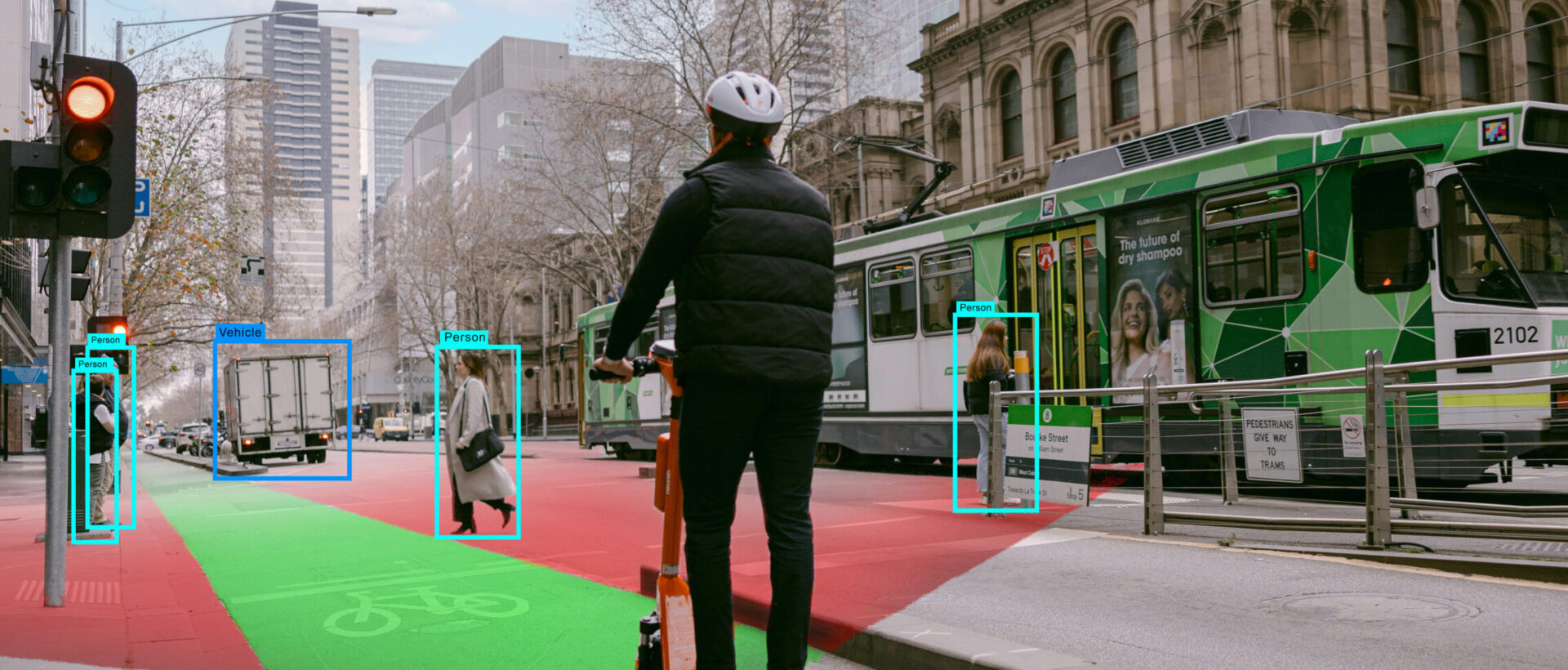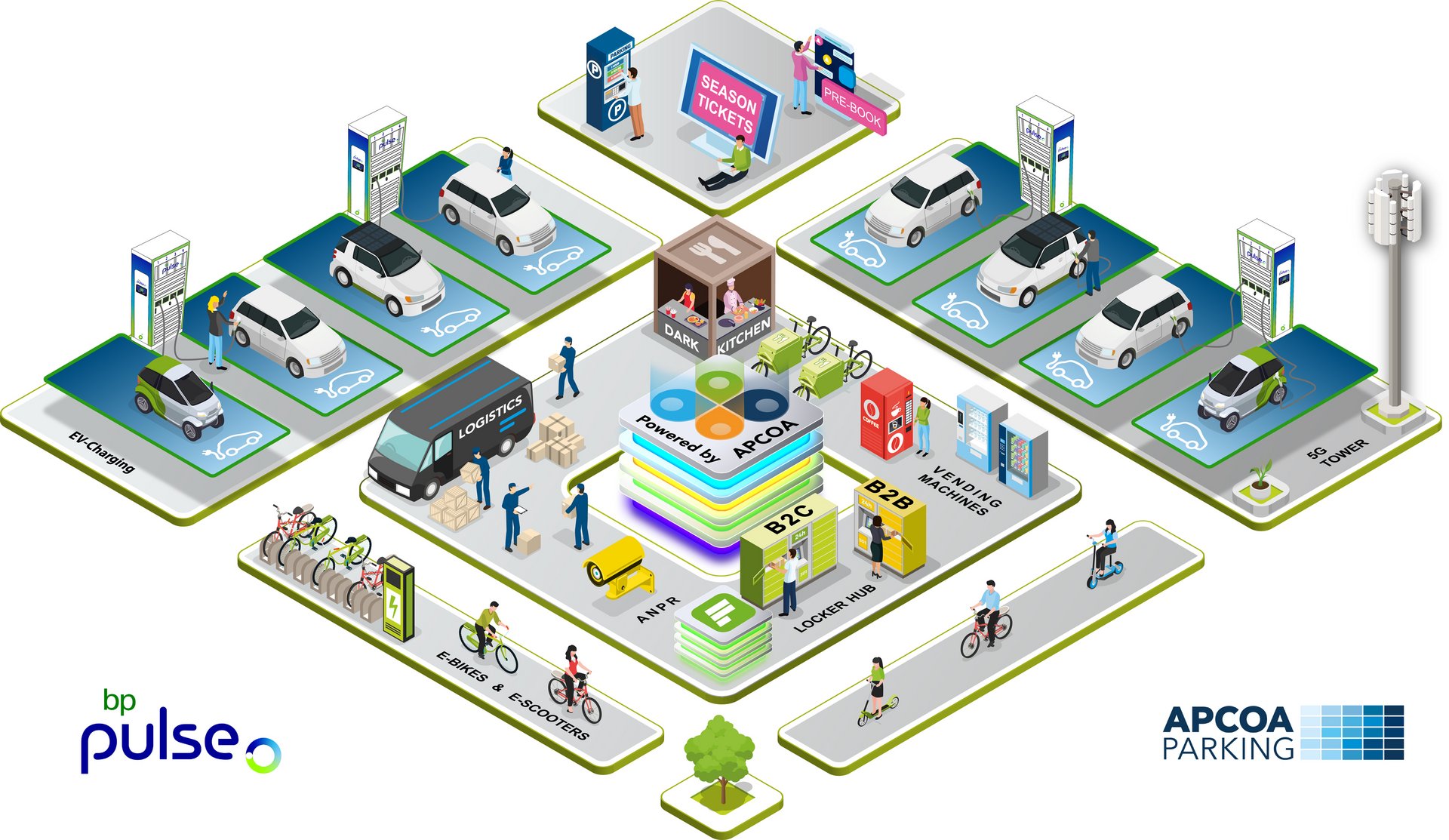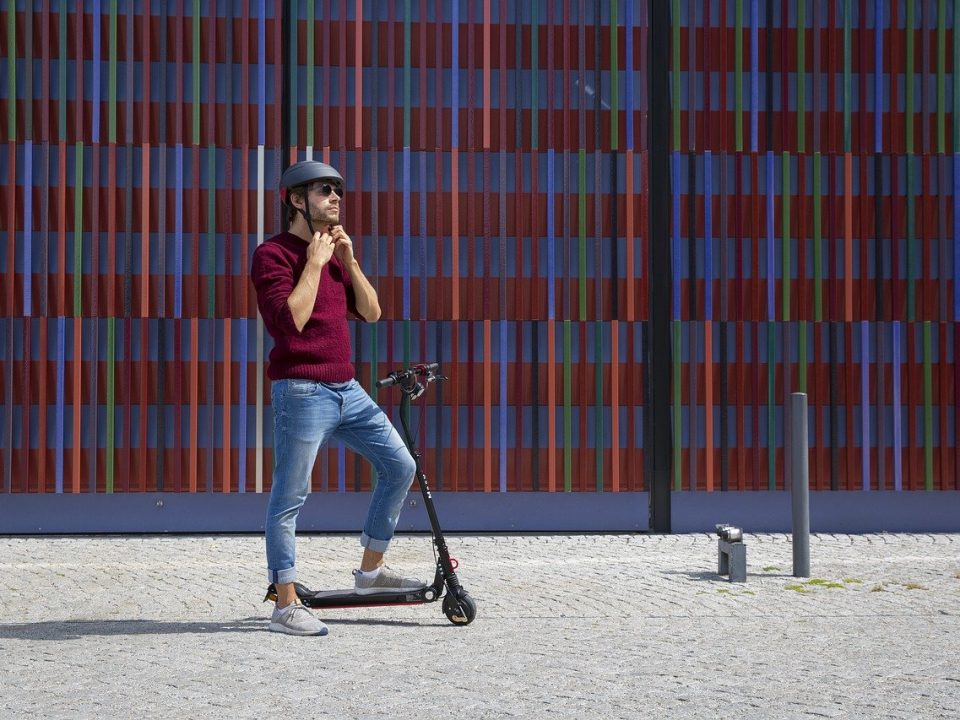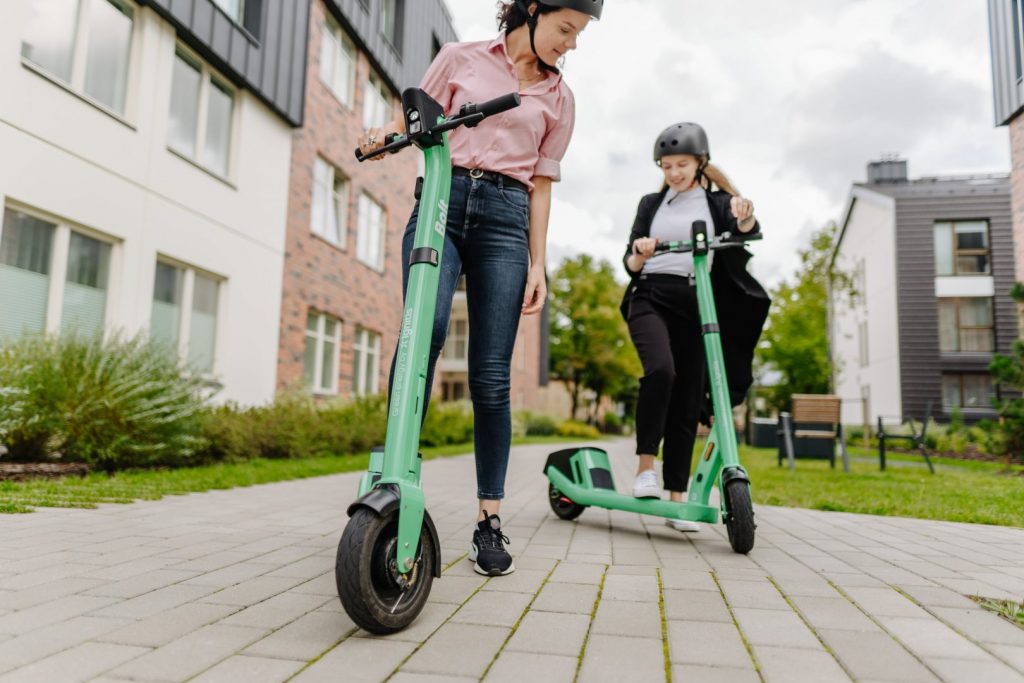Voi, Dott, Lime, Superpedestrian and TIER have collaborated to issue industry recommendations to European cities on the best practices for safe and well-managed micromobility services.
The uptake of shared micromobility services has increased rapidly in recent years, providing people with a clean, quiet and space-efficient form of urban transport.
To support cities in moving from pilot programmes to permanent regulations, Voi, Dott, Lime, Superpedestrian and TIER have come together to provide insights from their worldwide operations that will help ensure these services can be safely and sustainably delivered in the long term.
Their report was signed by Henri Moissinac, CEO of Dott; Wayne Ting, CEO of Lime; Assaf Biderman, CEO of Superpedestrian; Lawrence Leuschner, CEO of TIER Mobility; and Fredrik Hjelm, CEO of Voi.
It states that well-managed micromobility programmes have several common features in relation to both administration and operations.
Administration
Number of Operators
The five companies advise cities to use an appropriate number of operators to avoid oversaturation, while also maintaining healthy competition and customer choice.
As a general guideline, they suggest that markets deploying more than 1,000 e-scooters should have at least two operators and a maximum of three operators.
Fleet Size
The report also highlights the importance of balancing fleet size with tidiness and recommends initially deploying a manageable fleet that can grow in line with success and compliance.
It is recommended that this initial fleet includes between 80 and 120 vehicles per square kilometre.

Programme Length
In addition, the report states the importance of ensuring micromobility programmes run for a sufficient amount of time to allow users to rely on the availability of vehicles.
This should be a minimum of two years for pilots and three to four years for permanent programmes.
This timeframe provides an appropriate amount of time to set up and evaluate the services. Contracts of this length could also encourage operators to make longer-term investments in the cities.
Operator Fees
The fees to cover the costs of programme administration and public space occupancy should be consistent with those paid by similar modes, such as bike shares.
If required, this should be a fixed annual fee per e-vehicle which is set prior to vendor selection and applies consistently across all operators.
The operators claim that this would avoid negative outcomes such as overpromising on financial commitments or winning bids and then withdrawing due to unsustainable fees.
They also ask that the fees recognise that e-scooter schemes are typically not subsidised.
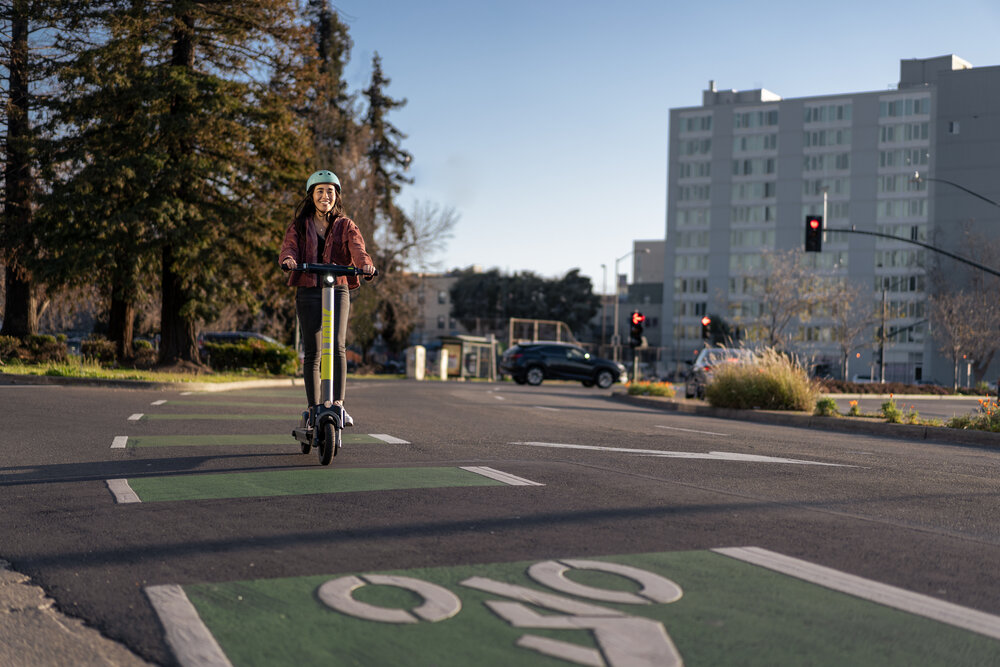
Data Sharing
The five operators emphasise the value of uniform and automated data sharing through GBFS (General Bikeshare Feed Specification) and MDS (Mobility Data Specification) protocols.
This allows for the consistent submission of data while protecting rider privacy.
When using these protocols, operators can spend more time working with cities to provide useful data rather than having to build bespoke data provision.
Selection Process
The operators state that tenders are generally the best approach for identifying suitable micromobility operators in each city.
License structures and free markets are less desirable, as they encourage oversaturation and poorly managed fleets.
The report emphasises that operators should also never be selected based on financial contribution, as this can lead to an inability to deliver quality services when the business is not economically sustainable.
Instead, tenders should prioritise reliability, safety, sustainability and fleet management.
In addition, the operators ask that cities avoid issuing tenders that specify technology or operational practices, especially those that are just emerging, as this can limit innovation.
In comparison, outcome-based and technology-neutral requirements encourage operators to use their experience and creativity to mitigate behaviours such as sidewalk riding, tandem riding and irresponsible parking. This approach encourages innovation based on local conditions and will allow new practices to develop.
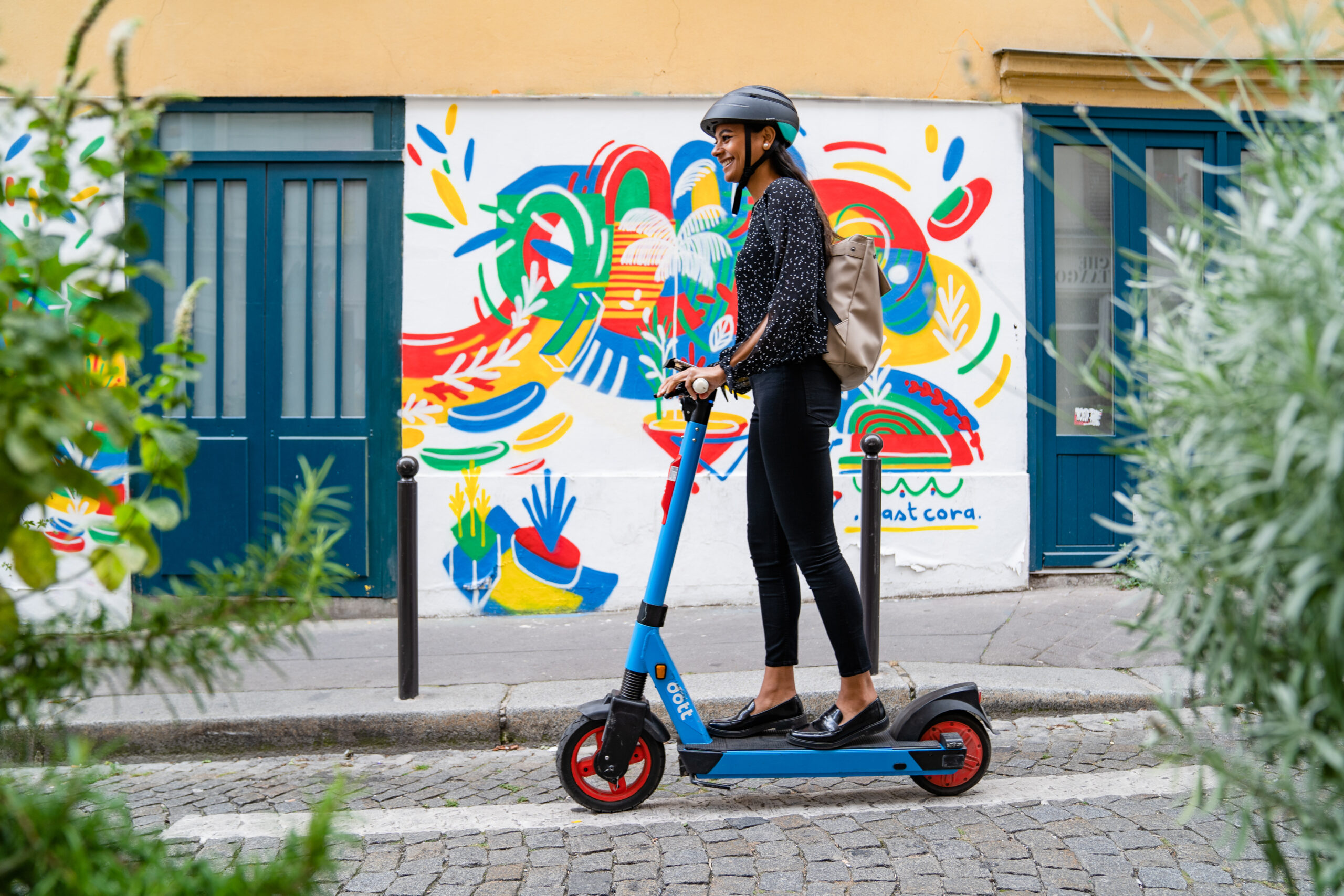
Operations
Operating Area
The designated operating area for micromobility vehicles should optimise access to key destinations throughout the city.
Generally, operating within the entire city boundary is preferable to connect residents with all destinations. However, if this is not feasible, then the operators suggest a focus on important centres such as cultural hubs, businesses and recreational facilities.
Parking
The report also highlights the importance of providing sufficient parking close to where riders start and end their trips.
In dense urban areas, this could include mandatory parking in dedicated, physical parking spots. A minimum of 40 parking bays should be provided per square kilometre and each scooter should have a minimum of three parking spots.
Alternatively, cities can use stationless parking in less dense areas, or where infrastructure is not available. This provision should be accompanied by clear rules about safe parking and the inclusion of no parking zones.
The operators suggest that a hybrid system is a practical way for cities to experiment with these options. This system should consist of mandatory parking in the city centre and stationless parking in less dense areas.

Speed
The operators recommend a maximum speed limit of between 20–25 kilometres per hour to ensure rider safety. This is consistent with other vehicles such as e-bikes, allowing for safe riding that aligns with the pace of urban traffic.
The report argues that a cap below 20 kilometres per hour increases risks by restricting riders to a speed that is significantly lower than other road users.
In addition, riders are also more likely to ride on sidewalks if they are restricted to a low speed.
Helmets
The report suggests that helmets should be encouraged but not be required, as this would discourage the uptake of micromobility, increase social inequalities and create disproportionate enforcement costs.
Since the COVID-19 pandemic, riders are also reluctant to use shared helmets.
Furthermore, evidence indicates no reliable correlation between mandatory helmet laws and improved rider safety or helmet usage.




